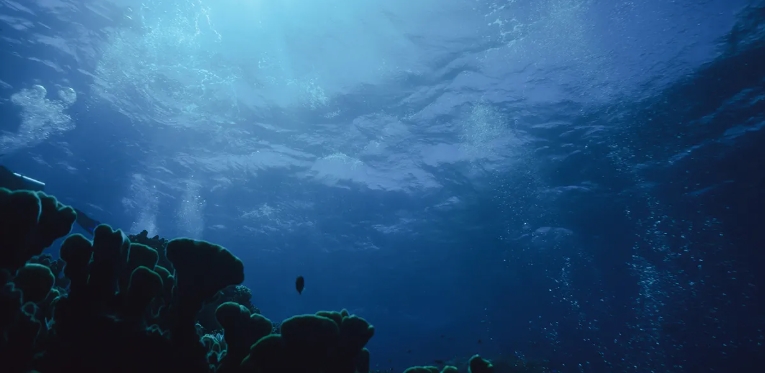The ocean floor, often overlooked, is a world of wonders that plays a crucial role in our planet’s ecosystems and climate. Understanding the mysteries beneath the waves can deepen our appreciation for the ocean and its significant impact on life above water. Let’s dive into the fascinating features of this hidden realm.
Exploring the Ocean’s Depths
The ocean floor, covering more than 70% of the Earth’s surface, is a diverse landscape with mountains, valleys, and plains. Among its most remarkable features are the mid-ocean ridges, which are underwater mountain ranges formed by volcanic activity. These ridges are sites of active geologic processes that shape our planet’s crust. Additionally, oceanic trenches, the deepest parts of the ocean, can reach depths exceeding 36,000 feet. These mysterious places, such as the Mariana Trench, harbor unique ecosystems and species adapted to extreme conditions.
Marine Life and Ecosystems
Life on the ocean floor is both rich and varied, despite the immense pressures and darkness. Hydrothermal vents, found along mid-ocean ridges, are teeming with unique organisms that thrive without sunlight, relying instead on chemosynthesis. This process allows bacteria to convert minerals from volcanic activity into energy, supporting entire ecosystems, including tube worms and giant clams. Understanding these organisms is crucial for research in biotechnology and medicine, as they may offer insights into new therapies or sustainable practices.
Human Exploration and Impact
As technology advances, we’re learning more about the ocean floor than ever before. Submersibles and remotely operated vehicles (ROVs) are allowing scientists to explore previously unreachable depths, leading to astonishing discoveries in marine biodiversity. However, human activities, such as deep-sea mining and fishing, pose significant threats to these fragile ecosystems. Protecting the ocean floor is essential for maintaining biodiversity and the health of our planet. This understanding encourages everyone to advocate for sustainable practices and conservation efforts.
In conclusion, the ocean floor is a vital part of our planet that deserves our attention and protection. By learning more about its features and ecosystems, we can appreciate the complex relationships that sustain life both below and above the surface. I encourage you to explore further—whether through documentaries, books, or beach clean-up efforts—and be part of the movement to protect our oceans!

